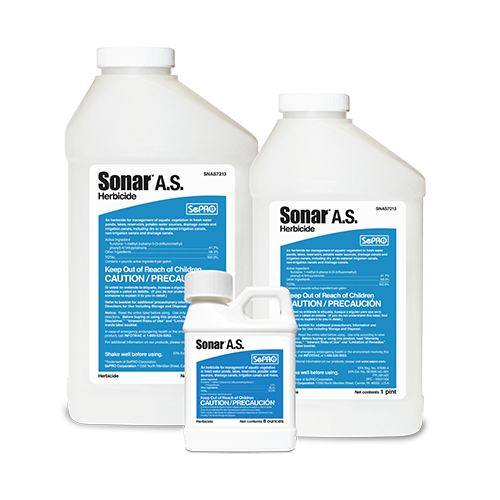Duckweed often outcompetes algae, blocking the sunlight that algae need to grow and reducing dissolved oxygen (DO) levels. This leads to dead native plants and a management nightmare if left unchecked.
Duckweed outcompetes other native plants and blocks out sunlight.
When duckweed populations are allowed to grow unchecked, they can quickly exploit all resources that other pond plants need to survive. As Duckweed mats block out the sun, submerged plants may be unable to photosynthesize and produce the energy they need to keep growing. They can become stunted or cease to survive altogether.
Duckweed can create lower dissolved oxygen (DO) conditions.
Although duckweed leaves can produce oxygen, overgrown mats can cause oxygen deficient conditions for other species. This is more likely to occur in deeper, slow-moving ponds that may depend on submerged plants and algae to oxygenate the lower layers of the water column. When prevented from photosynthesizing, these plants will eventually decay and use up more oxygen as they decompose.
Thick duckweed mats may consume oxygen instead of producing it when sunlight isn’t available. The amount consumed may exceed oxygen production levels, resulting in a dangerous shortage. When mats are especially thick, they prevent oxygen from reaching the water.
Negative Appearance and Safety.
Most pond owners object to the look of duckweed infestations. Total coverage can make the pond resemble a piece of green land. A totally infested pond poses a danger for animals and unknowing humans who try to walk on what looks like a patch of green land and then fall into a waterbody.




